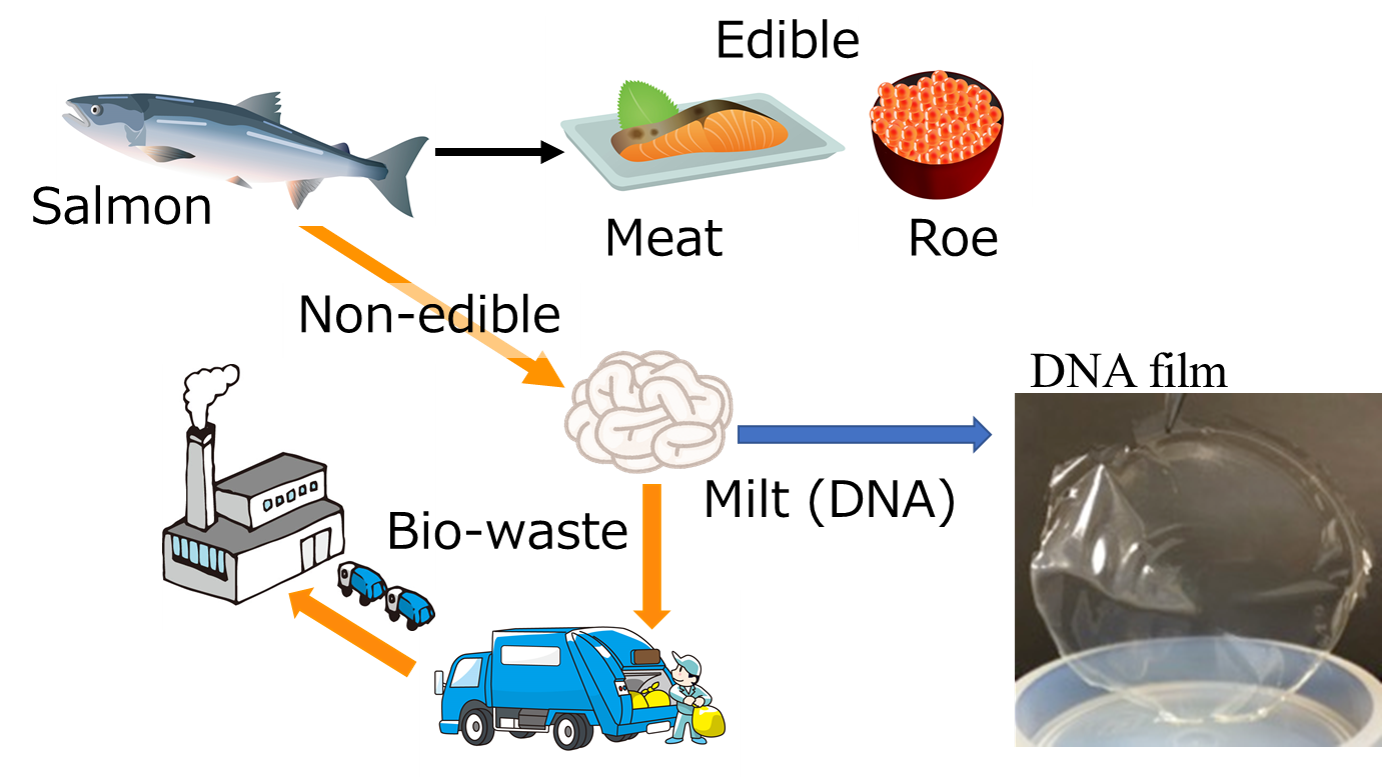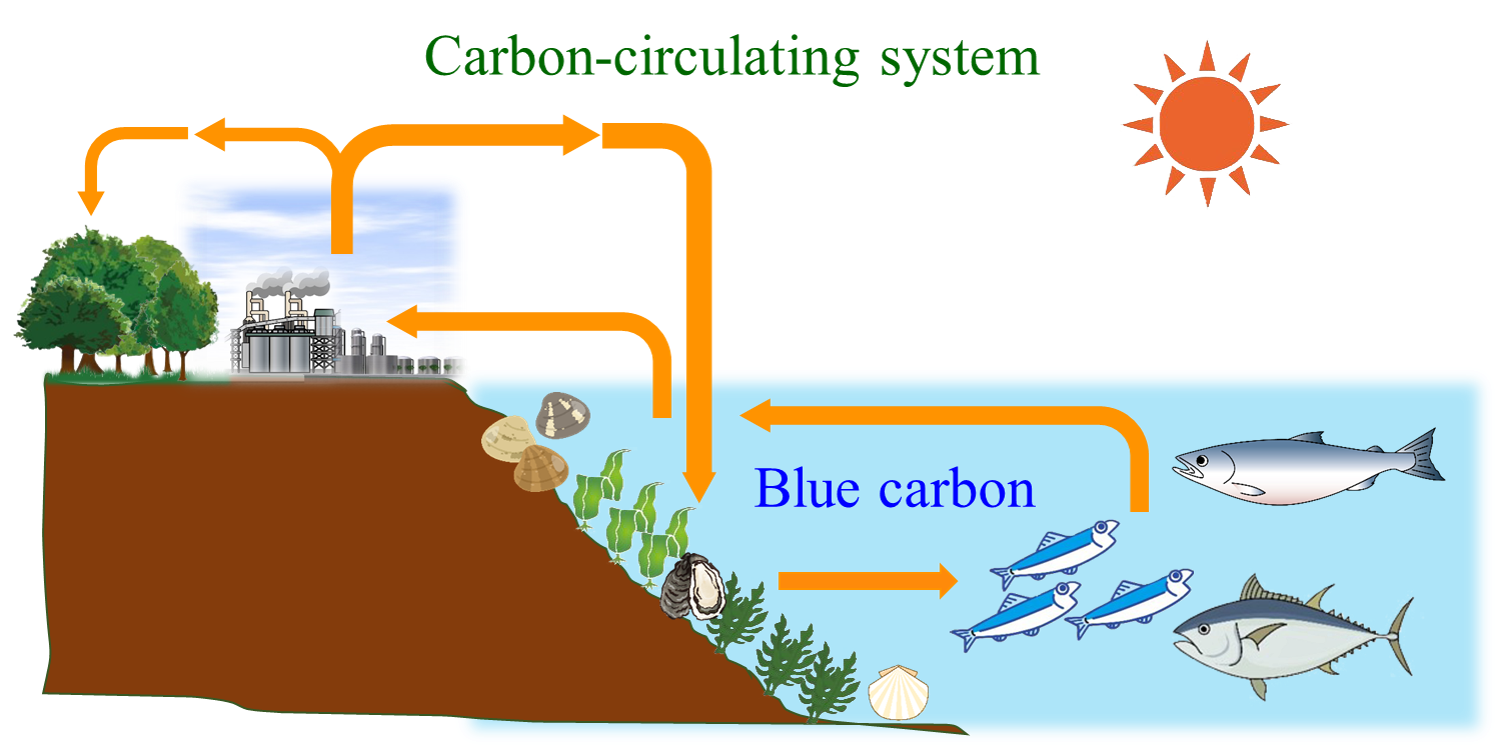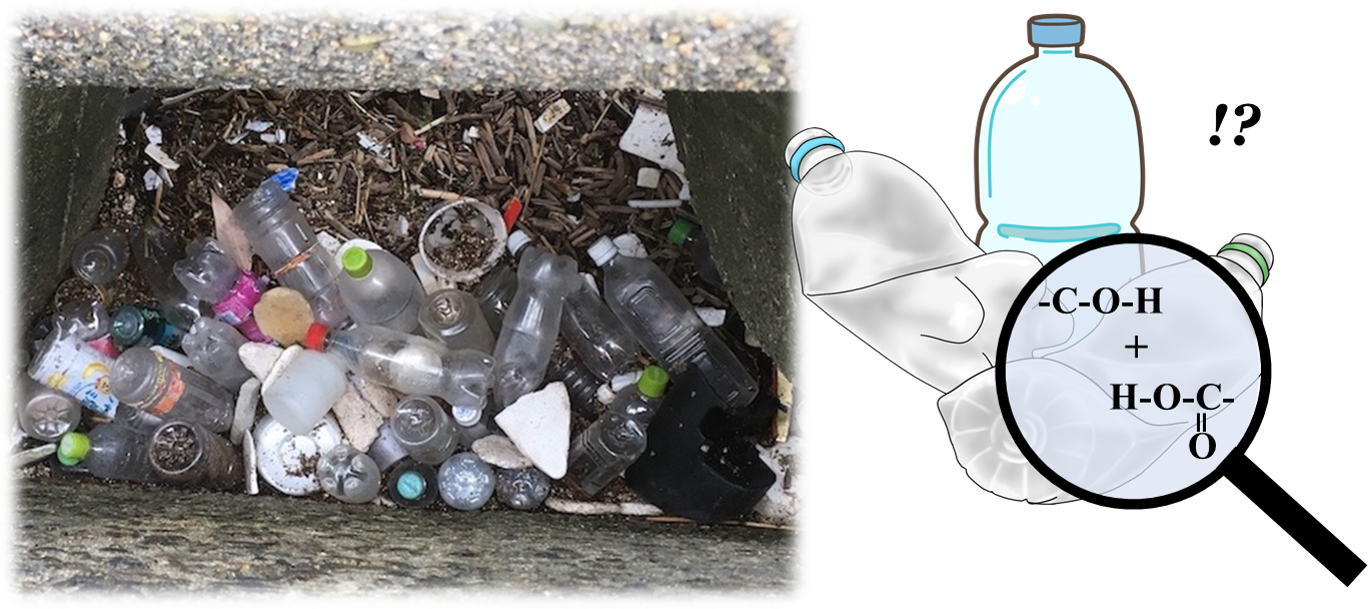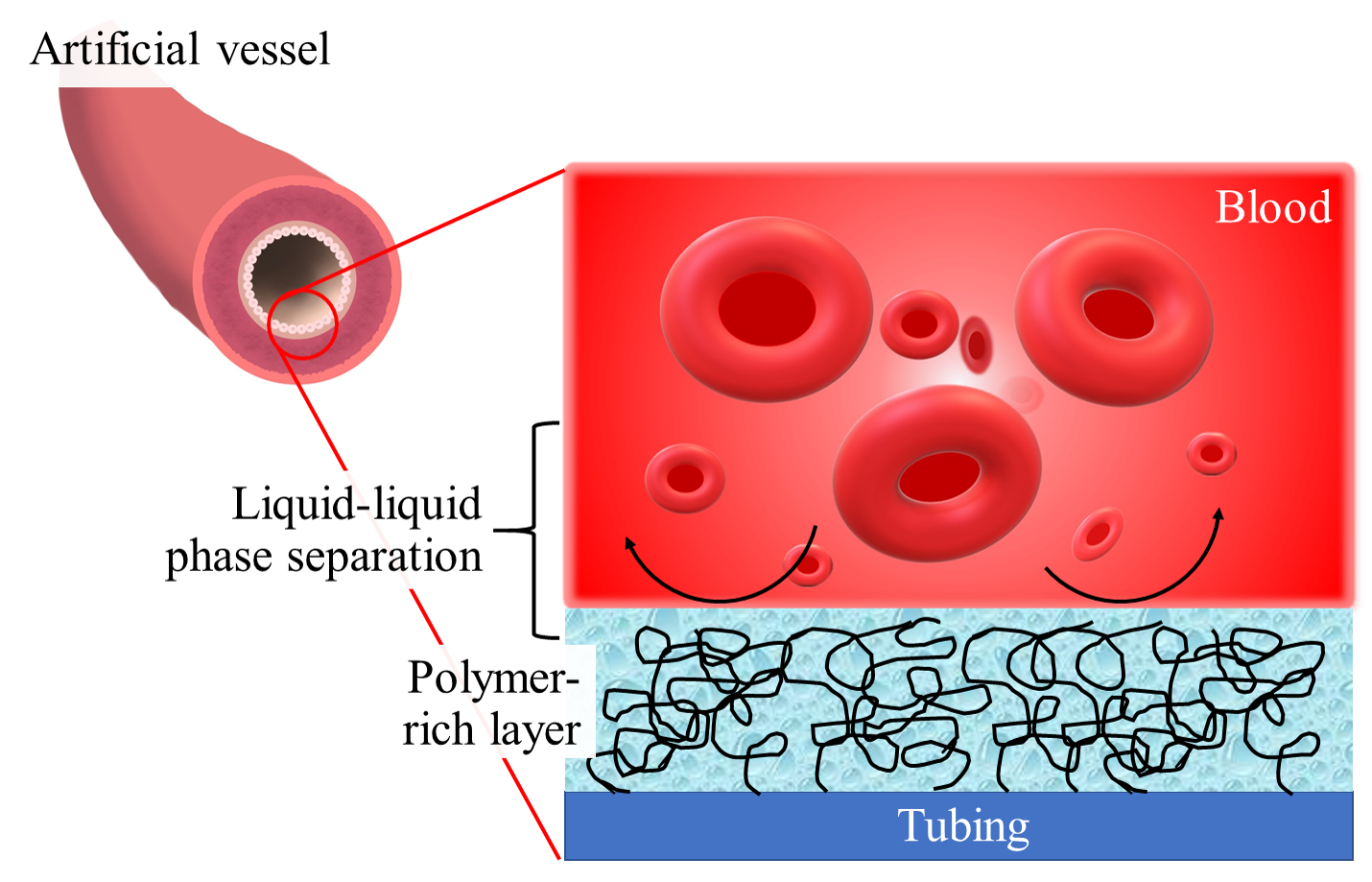English
Greeting
Laboratory for Biobased materials chemistry
(Aoki Lab.)
Kyoto Institute of Technology,
Faculty of Fiber Science and Engineering,
Master's and Doctoral Program of Biobased Materials Science
We are preparing new polymers and natural polymers for building a sustainable community. Instead of using conventional underground resources (coal and petroleum), we contribute to a more sustainable world by utilizing the resource chemicals of the earth's surface as a basis for our educational and research activities. Society in the future will seek to operate primarily on solar energy at ambient temperatures and under atmospheric pressure. We will develop circulation-oriented materials using light elements such as carbon, hydrogen, nitrogen, oxygen, phosphorus, and sulfur.
We are also interested in developing materials that can contribute to the medical field.
Contact
Takashi AOKI,
Address: Matsugasaki, Sakyo, Kyoto, 606-8585 JAPAN
Tel: +81-75-724-7820,
e-mail: t-aoki[at]kit.ac.jp
Research
Development of functional materials using natural polymers from the ocean that would otherwise be waste
We have been using marine products as ingredients for a long time. We select edible parts of fish, shellfish, and seaweed for our food. Any parts that are deemed inedible are discarded. The discarded parts must also contain materials that can be used for other purposes than food. We are working on functional materials with the aim of utilizing the inedible portions of the marine products to the extent possible as a thankful gift from the sea.
Salmon meat and roe are removed from the fish for food, but salmon milt is not made use of for food. This sperm tissue contains DNA. It is also a natural polymers material produced by nature, and has structural properties not found in proteins and polysaccharides. Then, we are researching functional materials that take advantage of these structures.

In addition, it is said that among the carbon dioxide (CO2) produced by people and emitted into the atmosphere, the proportion of carbon dioxide absorbed by the oceans (Blue carbon) is larger than that absorbed by the forests (Green carbon). We believe that this is a research topic that is useful from the perspective of using marine organisms in the carbon cycle of the global environment created by the ocean.
Polysaccharides from seaweeds in the carbon cycle of blue carbon are also natural materials that are the subject of more important research than ever before. The seaweed-derived polysaccharides are also being studied for further applications as functional materials.

Spectroscopic analysis of degradation processes on plastic (thin film) surfaces
As the word “monozukuri (manufacturing)” represents, science and technology to date have progressed by focusing solely on “making”. Research has also been conducted on photolysis and enzymatic degradation, but there is not as much knowledge on "degrading" materials in comparison to the knowledge on "making" them. The term "making" includes both synthesizing (producing) chemical compounds for materials and processing them into fibers and films (including bottles, etc.), each of which is an independent field of research, and the technology has evolved in each of these two fields. In contrast, to understand "decomposition," it is necessary to study the chemical decomposed reaction on the molded fibers and films. In other words, it is highly required to analyze the reactions that occur at the specific solid surfaces of fibers and films. There are limited analytical instruments and methods to monitor changes at the surface (or interface). In particular, degradation is thought to occur in the amorphous region of polymers. Therefore, it is not always easy to analyze that region and understand its degradation reaction phenomena. However, we believe that understanding the degradation mechanisms at the surface of films and fibers will provide useful insights into finding effective ways to degrade molded products that remain in the ocean and elsewhere, and will help in the future molding process of “monozukuri (manufacturing)”.

Novel biomedical interfaces that do not induce blood coagulation
In January 2022, a pig heart was transplanted into a human in the United States. This news has shocked us all, but it is a very important challenge for organ transplant recipients and their doctors and health care professionals. This first xenotransplantation, on the other hand, is a significant indication once again of the importance of research on artificial organs, which has been the subject of much research and development. The research on artificial organs as a means of waiting for organ transplants and even as a means of living the same life as healthy people is very relevant for the future of society. Artificial organ materials must have properties that prevent blood from clotting and immune reactions. Fortunately, several polymers with these properties have been developed and are being used in medical devices.
In this laboratory, we are synthesizing polymers based on our own concept and evaluating their functions in order to realize a new biomedical interface that does not blood clotting or induce immune reactions.
Since the materials used in artificial organ materials are solids, a solid-liquid interface is formed between the devices and our body components that contain a large amount of water. The presence of this interface causes adhesion and adsorption of biological components. We have taken advantage of the liquid-liquid phase separation of some water-soluble polymers to modify the substrate surface with these polymers and investigate the interaction of the liquid-liquid interface created by the polymers with biologically water-rich components.


